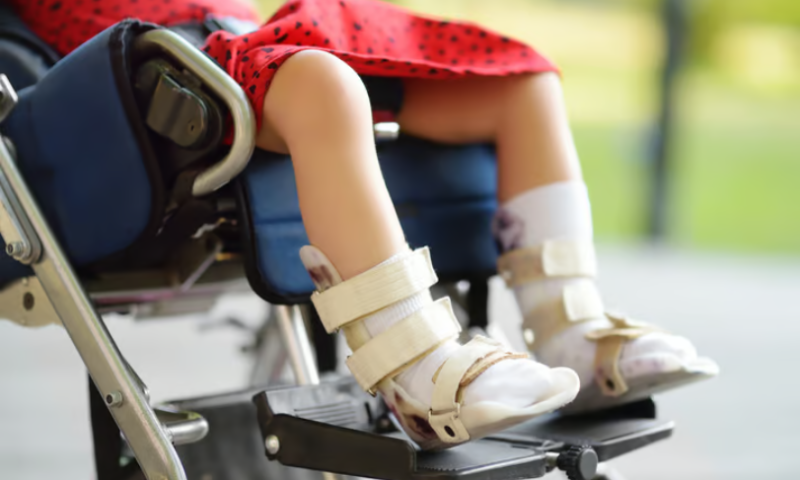A fat in human breast milk could open the door to a much-needed treatment for the neurodevelopmental disorder cerebral palsy.
In a study published Aug. 3 in Cell Stem Cell, researchers from Duke University Medical Center described how they identified a breast milk lipid that repaired brain damage in neonatal mice by stimulating stem cells to grow into white matter. The scientists are now working on launching a clinical trial to study it in humans, according to a press release.
“Using a natural component of breast milk can be a great solution for this kind of problem if it works,” Giorgia Quadrato, Ph.D., a University of Southern California stem cell biologist who was not involved in the study, told Fierce Biotech Research in an interview. “I’m definitely excited.”
Cerebral palsy is a group of movement disorders caused by a type of inflammation-driven brain damage called white matter injury. A leading risk factor is premature birth—the earlier babies are born, the more vulnerable they are to brain damage that results in cerebral palsy. That’s one reason it’s so hard to develop treatments for the condition.
“There are safety concerns because these are preterm babies that are fragile,” Quadrato said. On top of that, in many cases, the premature baby’s gastrointestinal system isn’t properly developed, making drug administration a challenge, she added.
The Duke researchers’ findings stemmed from earlier work showing that while the neonatal brain is particularly prone to damage, it may also be primed for repair. From weeks eight to 28 during the gestational period, the developing brain contains a layer called the germinal matrix. This area contains neural stem/progenitor cells, or NSPCs, that give rise to types of neurons called oligodendrocytes.
The scientists reasoned that if they could figure out how to stimulate oligodendrogenesis, or their growth, they could reverse the damage from white matter injury and prevent cerebral palsy. But they needed a compound that could NSPCs to turn into pre-oligodendrocytes and would be safe enough to be given to fragile premature babies.
Knowing that some types of fatty compounds called oxysterols stimulate oligodendrocyte growth, the team decided to hunt for them in a substance with a strong safety profile: breast milk. They isolated several candidates, then narrowed them down by seeing which ones could stimulate oligodendrogenesis from NSPCs. The compound 20-alpha-hydroxycholesterol, or 20HC, emerged the winner.
The researchers developed a model to mimic white matter injury by inducing intestinal perforations and sepsis in neonatal mice, verifying with MRI that they had brain damage. Septic mice that received 20HC had more healthy oligodendrocytes than those that didn’t, analyses showed. At two months old, the mice could also walk better than their untreated counterparts, suggesting that the therapy was able to rescue the motor dysfunction that would have otherwise occurred from the injury.
While the findings are promising, it remains to be seen whether they’ll bear out in the clinic. As the researchers noted in their paper, the brain damage in mice was induced artificially; premature babies often have additional deficits, such as chronic lung disease, that could impact the final outcome.
“There are some big question marks, but I think it’s completely appropriate to start the clinical trial based on the results,” Quadrato said. “If it works, it’s going to be something very revolutionary.”

